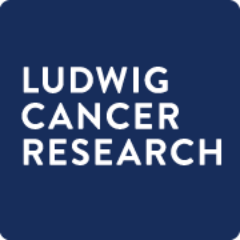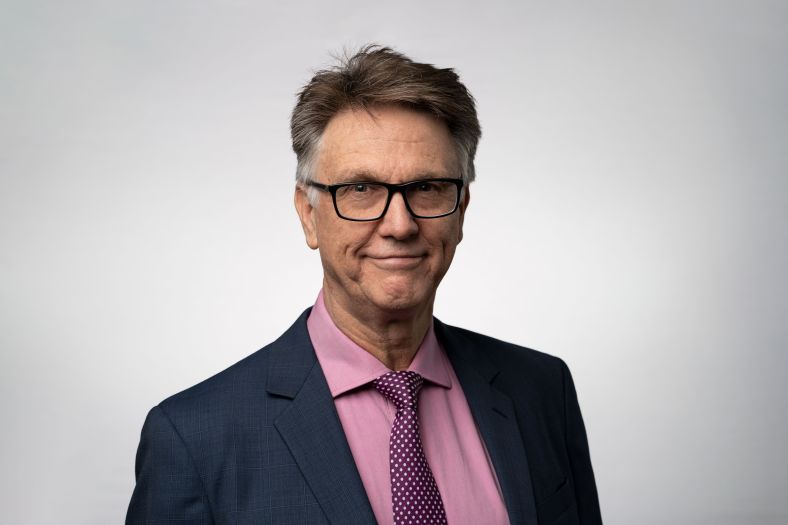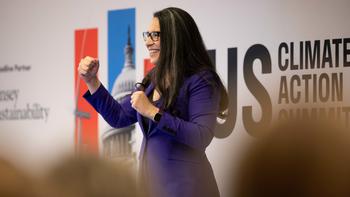Months into the COVID-19 pandemic, countries around the world are continuing to see health, societal and economic impacts. A survey conducted by StreetGames, a U.K. charity delivering neighbourhood sporting projects, found that 68 per cent of the 248 people surveyed in low-income areas of England and Wales were engaging in less physical activity. This was accounted for, in part, by the limited space available to those who live in low-income areas.
Sport England, an arms-length body of government responsible for growing and developing grassroots sport and getting more people active across England, found a small impact of COVID-19 on overall activity levels, but a much sharper impact when they took into consideration class, race, age and disability. And, the June ParticipACTION report, prepared by a Canadian national non-profit organization promoting healthy living and physical fitness, noted that Canadian children had slipped below the already low levels of involvement in physical activity.
“The growth of social inequality over the last 30 years has been well documented, but the pandemic has thrown inequality into sharp relief and exposed the damage to the public sector in many countries as a consequence of years of austerity measures,” says Peter Donnelly, a professor at the University of Toronto’s Faculty of Kinesiology & Physical Education (KPE) and director of the Centre for Sport Policy Studies. “If we want to build sport better, then it is crucial to pay heed to the inequities exposed by the pandemic.”
Donnelly worked with Professor Bruce Kidd and Associate Professor Simon Darnell of KPE, and graduate students Priyansh, and Mathew Blundell, to prepare a report for the social policy development section of the Commonwealth Secretariat in the U.K. about the implications of the pandemic for community sport and sport for development programs, which use sport as a tool to achieve social change, in Commonwealth countries.
They found that government policy responses to the pandemic varied, but, in most cases, a state of national emergency was imposed. In Canada, some restrictions varied by region but, in general, all community sport and most recreational activity was cancelled. City parks and children’s playgrounds, walking, running and cycling trails, provincial parks and national parks were all closed.
“While news organizations have focused on professional and international sport, such as the postponement of the Tokyo 2020 Olympics, much less attention has been paid to the effects on community sport and recreation,” says Kidd. “But there are reams of evidence to show a connection between recreational physical activity and physical and mental health in terms of both protection from illness and the development of resilience, and in terms of rehabilitation from mental or physical illness.”
The report suggests that, eventually, most countries began to realize that restrictions on physical activity could itself be damaging to health and began to introduce cautious guidelines allowing for physically distanced physical activity. Many local governments and sports organizations developed innovative approaches to the circumstances necessitated by the virus, creating programming that could be delivered online and by traditional media such as radio and loudspeakers. They also modified and created new activities appropriate for restricted environments, including closing streets and opening new bike lanes to enable physically distanced walking, running and cycling, and worked with public health experts to develop safe “return to play” guidelines.
With some countries, including Canada, reopening for business in phases, the authors suggest planning for the second wave of COVID-19 or the next pandemic should build on the learnings from the first wave, and include strengthening community sport, physical recreation and sport for development as crucial components of the population’s health and public health preparedness.
They recommend planning for a second wave start immediately by involving community sport and sport for development programs in discussions about community mobilizations, prevention measures, program adaptations, return-to-play guidelines and appropriate training. They also suggest sport ministers in Commonwealth countries ensure as much as possible that the public space innovations introduced in urban areas during COVID-19 – such as street closures and additional bike lanes that have enabled safe walking, running and cycling – are made permanent.
“While there has been much emphasis on returning to normal, the pandemic has shed a light on how much of the status quo is not normal,” says Darnell. “The time away from regular activity has given many a chance to reflect on the problems in community sport and sport for develoment, and to begin to consider how to resolve them and develop an ideal of program delivery.”
The major challenges to such an approach are an economic recession and lack of funding, which are likely to add to the scourge of growing social inequality, he says. For example, the burden for home schooling and child care created by the pandemic seems to have been shouldered primarily by girls and women in most countries, which in turn has made it even more difficult for them to participate in sport and physical activity, even at the most informal level. In most Commonwealth countries, girls and women already participate in lower numbers and qualitatively unequal ways than boys and men.
“Any attempt to build sport back better will require a political response that pays heed to the inequities exposed and exacerbated by COVID-19, and plans for sport in the context of overall social policies,” he says.
The researchers suggest collecting comprehensive, national-level data on sport and physical activity participation that includes analyses using social class, racial, ethnic and gender data, and data concerning age and disability.
“For example, it is important to ask whether the design of new city infrastructure for cycling and walking has served the entire population, including at-risk groups, or only happened in communities with an active middle class cycling, anti-car lobby,” says Kidd.
“In many ways, this concern for equity and inclusion is a damning critique of the current sport systems in many countries, widely seen as inequitable and exclusive. The call is timely during a pandemic because greater participation in community sports and recreational physical activity is strongly related to individual and public health,” says Donnelly.
The report is also a call to establish a balance between sport for all – which includes community sports and recreational physical activity and high-performance sport – and the highly competitive development systems that lead to high performance and professional sport.
“The latter absorbs massive public resources in many countries – government funding, facilities and equipment, coaches and instructors, and so on. By some estimates, the proportion of government funding in some countries is 90 per cent to high-performance sport and 10 per cent to sport for all. As a significant public health measure, a shift to 50-50 funding would go a long way toward helping to establish equitable and inclusive sport for all,” Donnelly says.








